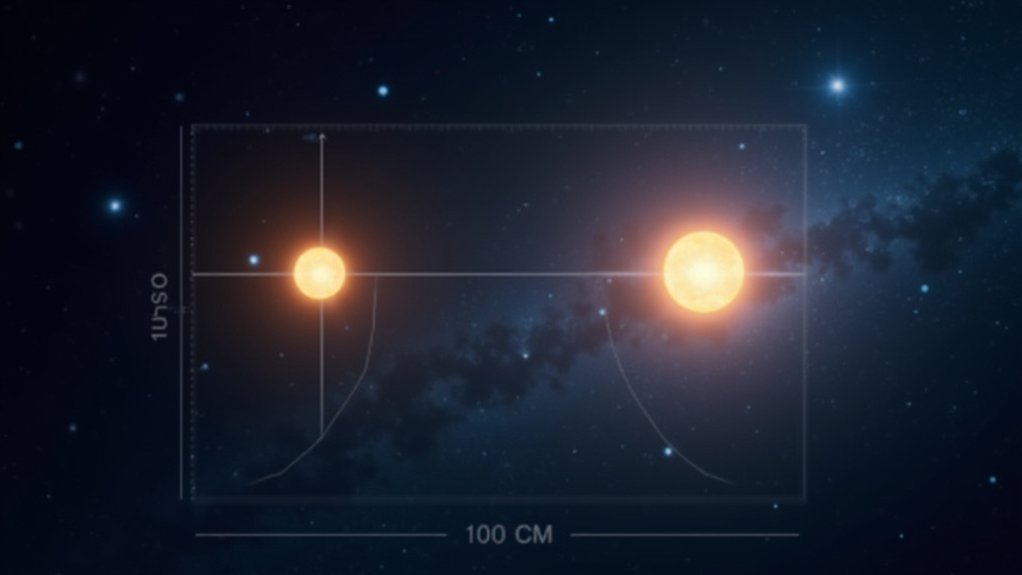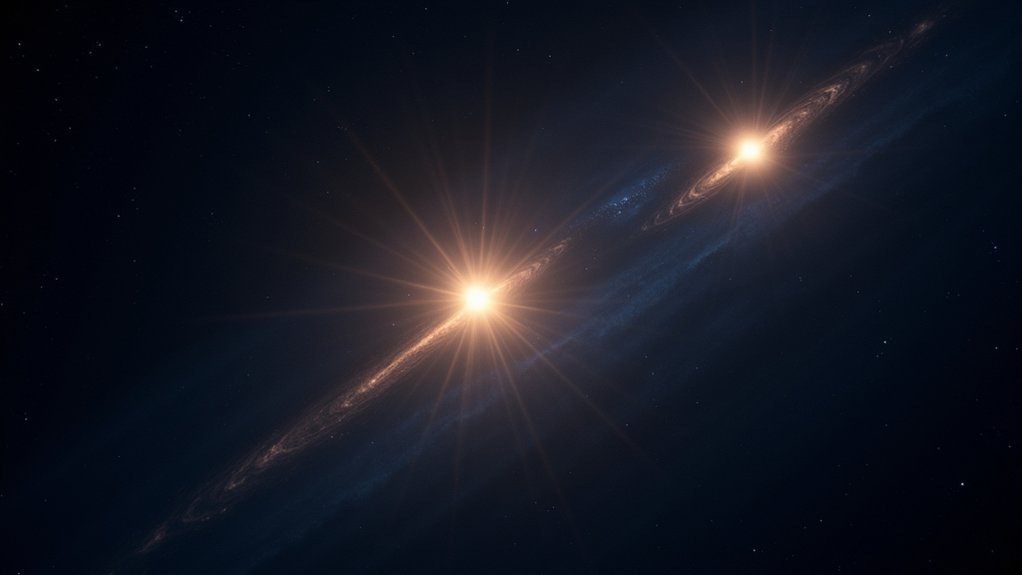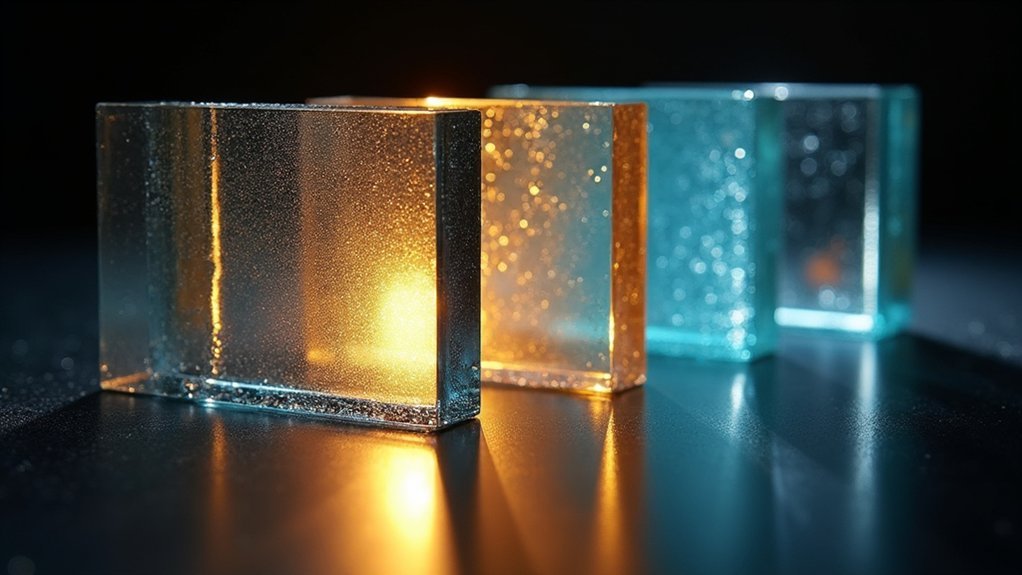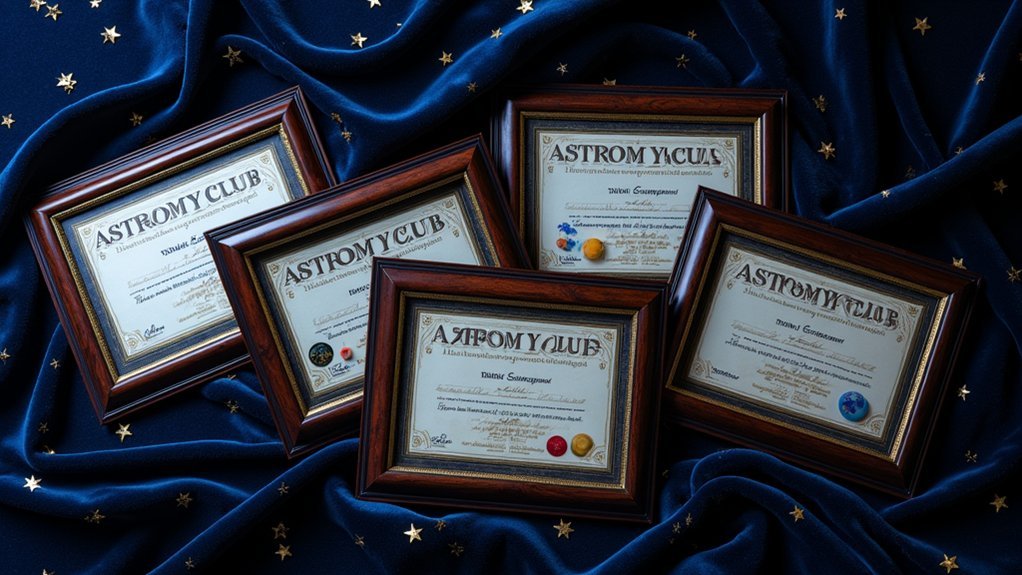The three best methods to compare binary brightness differences are differential photometry against reference stars, CCD imaging with specialized filter systems, and light curve analysis with period measurement techniques. You’ll achieve the most precise results by collecting time-series data, applying proper calibration with standard stars, and using software that corrects for atmospheric interference. These approaches reveal essential information about mass ratios, eclipsing behavior, and stellar properties in binary systems. The following techniques unveil even deeper insights into binary dynamics.
Differential Photometry Techniques for Binary Stars

Measuring the brightness differences between two stars in a binary system demands precision, which is where differential photometry excels. By comparing light intensities relative to a stable reference star, you’ll obtain accurate measurements of how each component varies over time.
To implement this technique effectively, you’ll need to collect time-series data that captures subtle brightness changes caused by orbital motion or stellar variability. Proper calibration of measurements using standard stars with known magnitudes is essential for accurate results.
Time-series observations reveal orbital dynamics when properly calibrated against reference stars of established magnitude.
When processing your data, use specialized software to correct for atmospheric interference and instrumental variations. This enhances the precision of your brightness comparisons and produces reliable light curves.
These curves reveal significant information about your binary system, including mass ratio and any eclipsing behavior that might occur between the components.
CCD Imaging and Filter Systems for Brightness Measurement
The precision required for differential photometry depends heavily on your imaging equipment and filtration methods. When measuring binary stars, CCD imaging offers superior sensitivity and dynamic range compared to other technologies. You’ll need proper filter systems to isolate specific wavelengths that highlight brightness differences between components.
| Filter Type | Application | Benefit |
|---|---|---|
| Johnson-Cousins UBVRI | General photometry | Standardized brightness measurements |
| Narrowband | Emission lines | Enhanced contrast for faint companions |
| Photometric | Calibration | Minimizes atmospheric effects |
Always calibrate your measurements against standard stars to eliminate instrumental biases. Process your images with specialized software like IRAF to perform accurate differential photometry. Remember that narrowband filters can dramatically improve your ability to detect subtle brightness variations by focusing on specific spectral features of binary systems.
Light Curve Analysis for Binary Magnitude Determination

When observing binary star systems, light curves serve as powerful analytical tools that reveal magnitude differences between stellar components.
You’ll track brightness variations over time, extracting essential information about each star’s characteristics.
By measuring the light curve’s period, you’ll determine the binary’s orbital period—a fundamental parameter for understanding stellar dynamics. The amplitude helps you quantify brightness differences between primary and secondary stars, providing insights into their relative sizes and luminosities.
The period reveals orbital dynamics while amplitude exposes stellar size and luminosity relationships in binary systems.
Pay attention to the light curve’s shape, as distinctive dips often indicate eclipses when one star passes in front of another.
For more precise magnitude determination, employ light curve fitting techniques like Fourier transforms, which enhance accuracy by mathematically modeling the observed variations.
These analytical approaches will greatly improve your understanding of binary systems’ physical properties and orbital characteristics.
Frequently Asked Questions
How Do Atmospheric Conditions Affect Binary Brightness Measurements?
Atmospheric conditions can distort your binary brightness measurements. You’ll notice air turbulence, humidity, and light pollution create scintillation effects. These variations can introduce errors when you’re trying to compare stellar magnitudes accurately.
Can Amateur Astronomers Conduct Meaningful Binary Brightness Comparisons?
Yes, you can conduct meaningful binary brightness comparisons as an amateur astronomer. With basic equipment like DSLR cameras and small telescopes, you’ll get valuable data by maintaining consistent observation conditions and differential photometry techniques.
What Software Packages Are Best for Binary Star Photometry?
You’ll find that AstroImageJ, DAOPHOT, and MaxIm DL are excellent for binary star photometry. They provide precise differential photometry tools while Reduc and StarTools offer specialized binary analysis capabilities you can master quickly.
How Does Stellar Variability Impact Brightness Difference Calculations?
Stellar variability can skew your brightness difference calculations between binary stars. You’ll need to account for intrinsic fluctuations by gathering observations over multiple timeframes to obtain accurate, representative magnitude differences.
Are Space-Based Observations Significantly Better Than Ground-Based Methods?
Yes, you’ll find space-based observations superior for brightness differences since they eliminate atmospheric distortion, provide continuous monitoring without day/night cycles, and offer higher photometric precision than ground-based methods can achieve.
In Summary
You’ll achieve accurate binary brightness measurements by combining all three methods. Use differential photometry for precise comparison against reference stars, implement proper CCD imaging with appropriate filters for your targets, and apply light curve analysis to understand periodic variations. With this integrated approach, you’re well-equipped to detect even subtle magnitude differences while minimizing atmospheric and instrumental effects in your binary star observations.





Leave a Reply